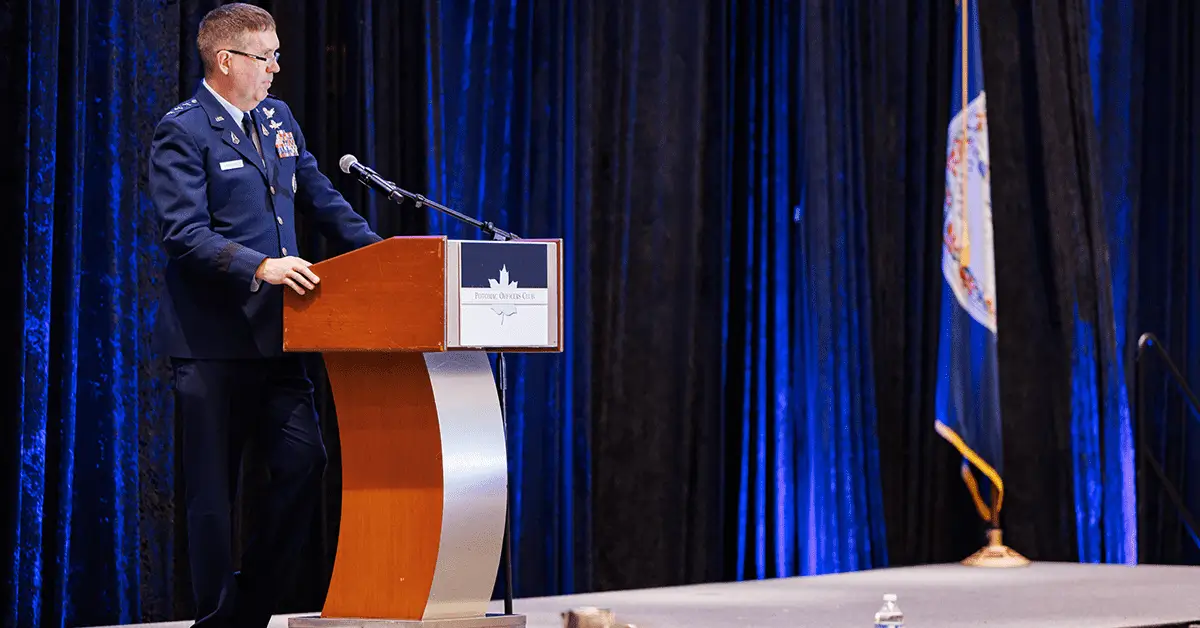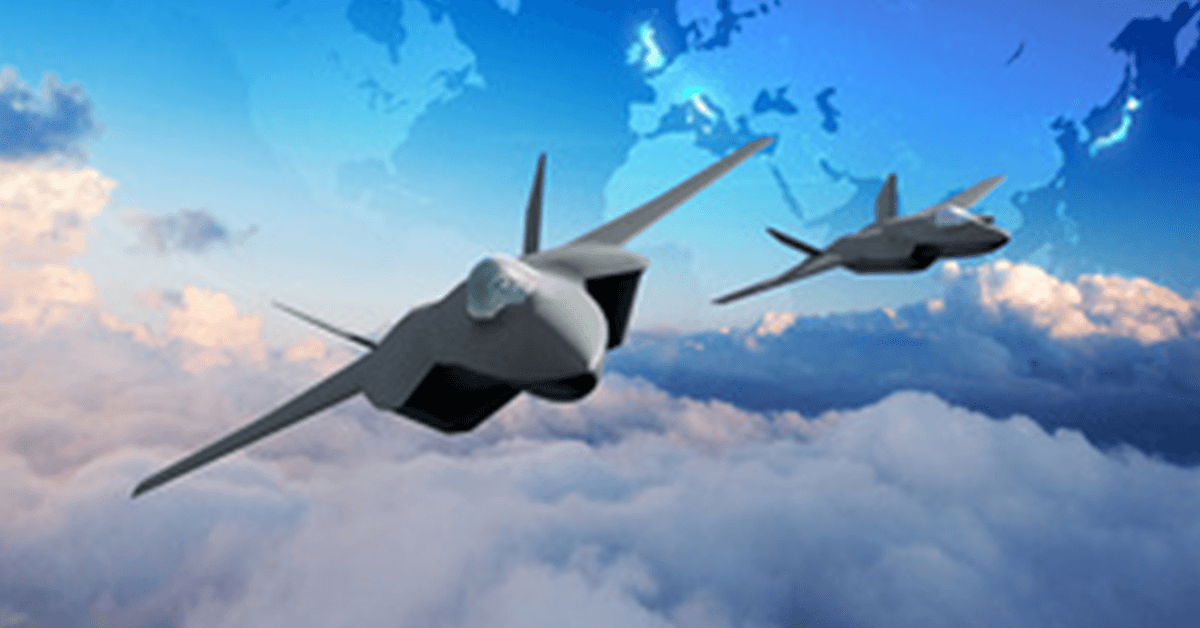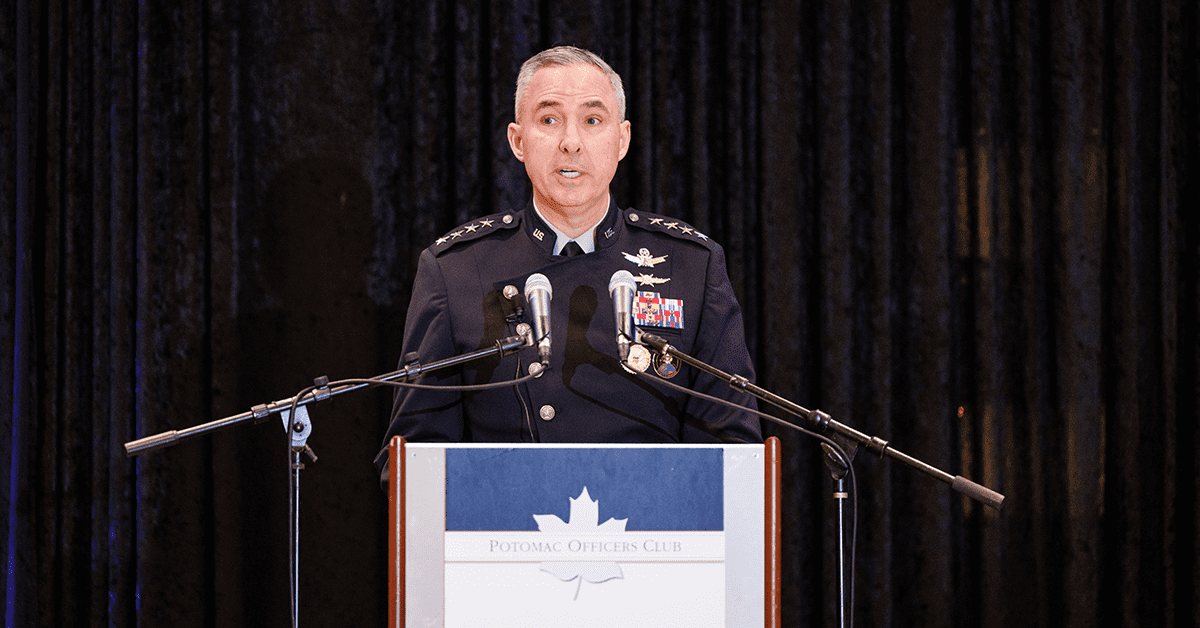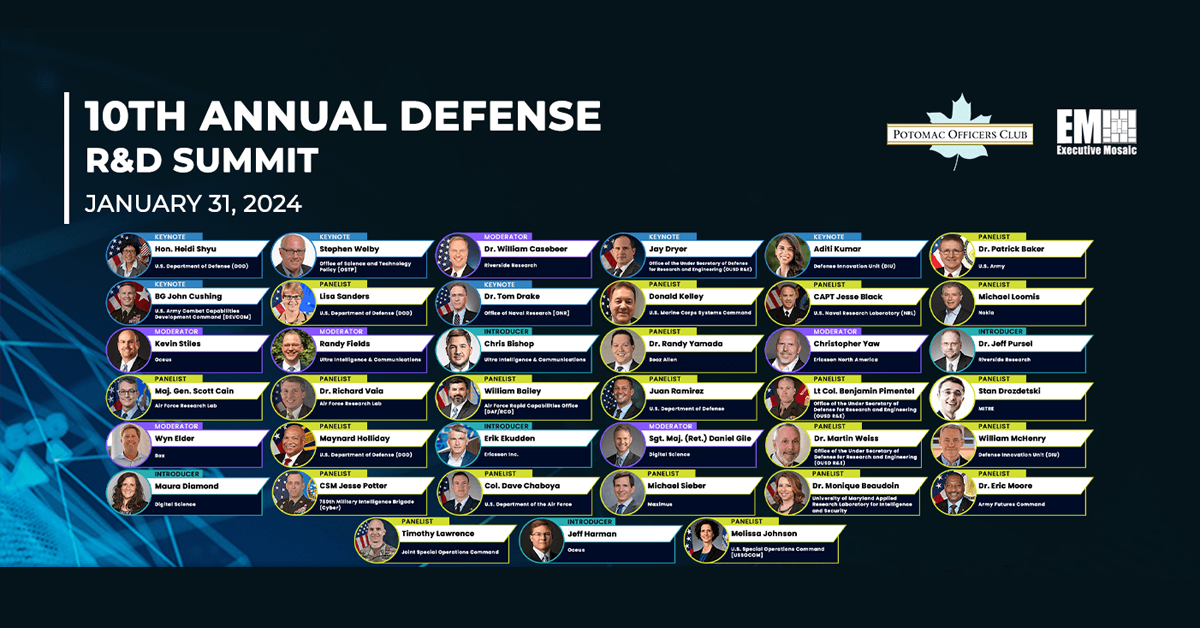Now a contested domain, space has taken center stage in today’s global landscape, and the United States has made space capability development a top priority as it works to stay ahead in great power competition.
“While the U.S. currently outpaces the rest of the world in space capabilities, our competitors are seeking to counter our advantage faster than we’ve ever seen before,” Lt. Gen. Shawn Bratton, deputy chief of space operations, strategy, plans, programs and requirements for the U.S. Space Force, noted at the Potomac Officers Club’s 2024 Space Summit last week.
Great power competition, he said, is “very evident in the space domain,” and the Air Force secretary and Joint Chiefs of Staff have recognized that it is “a necessity to integrate space power into the joint fight.”
What the USSF is doing to grow into its expanding role on the global stage is “transforming from a service provider” as it has been in the past into a warfighting force.

As it develops, the Space Force is being guided by both the Department of the Air Force’s recently announced reoptimization strategy and the needs of the entire joint force.
Bratton noted three key areas in the DAF’s plan – sharpening people, improving readiness and making smart investments in technology – that are designed to prepare the Air Force and Space Force to win if a conflict between great powers occurs.
In support of these goals, the USSF is designing what Bratton referred to as “the objective force,” which “provides the capability that the joint force needs and the capabilities to protect our space assets so we can deliver what the joint force needs to compete and win as part of that team.”
He listed avoiding operational surprise, denying first mover advantage and conducting responsible counter space campaigns as “three tenets of competitive groups” that he aims to apply while building the objective force.
Standing up a field command focused on the future is another major aspect of the Space Force’s evolution.
“With that future environment in mind, we will develop and execute associated experimentation and coordination to make our concepts and ideas follow and ultimately deliver a mission area design,” Bratton explained.
He noted that the Futures Command will also help the acquisition community understand what should be prioritized to deliver the objective force.
“Much of the Futures Command exists within pockets of the current Space Force,” he noted.
What must be done, said Bratton, is elevating what already exists.
The Futures Command, he said, will “build upon the credibility of the current Space Warfighting Analysis Center,” which uses analysis, experimentation and other methods to inform force design, by adding a concepts and technology center and wargaming center and combining them “under a single roof.”
“More specifically, this new organization will define future operating environments by considering technology and security trends that will shape the future force,” he elaborated.
On a wider scale, the USSF is “focused on fielding combat ready forces to meet the pacing challenge,” and these efforts “were designed to effectively deter in an era of great power competition and win in conflict,” said Bratton.

Don’t miss the Potomac Officers Club next major event, the 5th Annual Artificial Intelligence Summit! At this engagement, public and private sector experts will convene to discuss the implications of federal AI adoption. To learn more and register to attend the event, click here.







